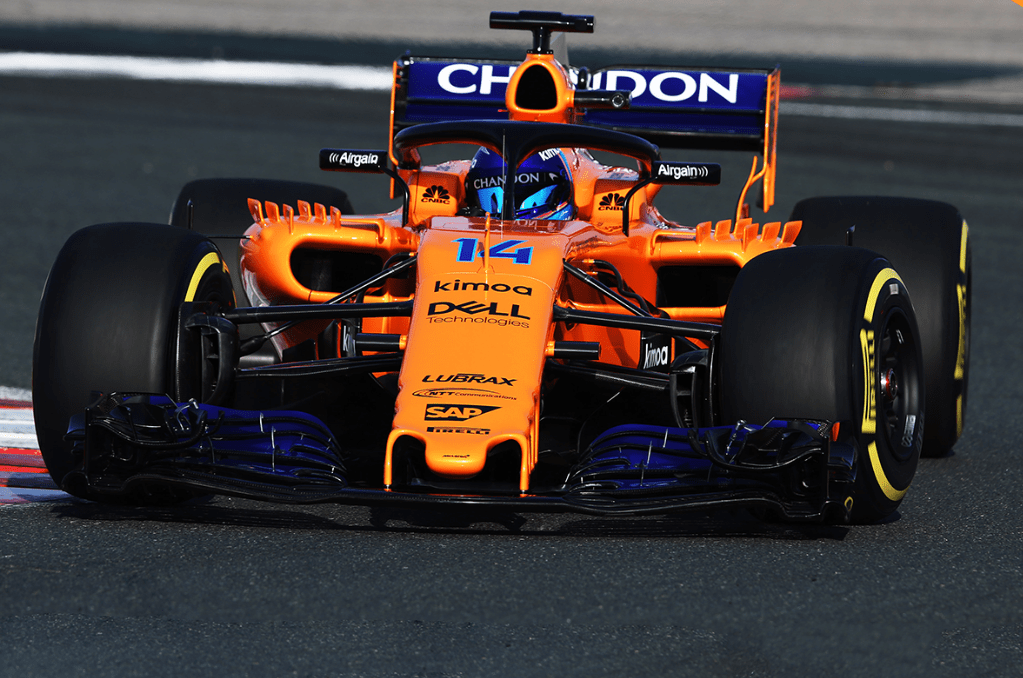From Data to Decisions: Operational Insight From F1 Racing for Airlines and Airports
Share

APEX Insight: At the Future Travel Experience conference in Dublin this week, McLaren Racing and Deloitte Consulting highlighted many similarities between Formula 1 racing and airline and airport operations to describe how the industry can think, act and – most importantly – react to improve the passenger experience.
The phrases ‘safety critical,’ ‘highly time constrained,’ ‘massive barriers to entry’ and ‘heavily regulated’ are familiar to the airline industry, but also to those in Formula 1 (F1) racing. Much like airlines, F1 has massive teams of people and systems operating behind the scenes to help the passenger (or race car) move through the process more smoothly. And, perhaps even more than aviation, the performance of F1 teams is on public display, with some 400 million live viewers tuned in to every race.
At any given point during a race, a Formula 1 car is pushing 150 data streams to technicians in the pit row in real time, giving them a massive amount of information from which to drive decisions. That data is also fed live to an operations center somewhere else in the world (the McLaren operation is in the UK) where further analysis occurs, to help guide race-time decisions.
Director of McLaren Applied Technologies Jim Newton oversees a team that works with all of that data, but also with a compelling cultural model to ensure that the right decisions are made with split-second timing, “We separate tactics from strategy. We’ve supported our decision-makers with the right data and focused in on the few critical decisions that drive performance. And we’ve got mission control to bring together all the groups that can influence that decision-making.”
“We’ve supported our decision-makers with the right data and focused in on the few critical decisions that drive performance.” – Jim Newton, McLaren Applied Technologies
While the McLaren model depends on data, it also recognizes that more data is not always the right solution. As Newton explains, adding sensors to the car means adding weight. That slows down a race car (or brings additional fuel costs to an airline) and adds to the processing requirements. Choosing the correct data points to monitor is far more important than just building out a data-processing organization, he clarifies.
Converting these decisions to fit the airline and airport model is a challenge, but one that Deloitte Consulting is working on. The group’s Airport Operational Performance Protector (AOPP) is a service that helps airports analyze schedules against actual performance over time to identify areas ripe for improvement. Martin Bowman, director of Aviation Technology at Deloitte, echoes the significance of data, but also the greater importance of the people and process involved: “This is not just a technology play. It is not just about the data. You need to have the right operating model, the right processes and, most importantly, the right culture to implement the change.”
AOPP plays out scenarios against the schedule model and predicts the impact of various events, both likely and unlikely. Rather than waiting for events to occur, the goal is to combine the knowledge and experience of employees with predictive algorithms to understand what happened and develop new and better plans in advance to reduce operational impact the next time a similar situation arises. The AOPP service is now six months into a trial operation at Manchester International Airport and is transitioning into production in the coming weeks.
The review process after the events are handled is a critical phase of improving performance and delivering a more streamlined airport or airline operation. By easing the decision-making process through prior planning, staff time is freed up to deliver the post-event analysis. Incorporating this more formally into planning reduces the impact next time around. Critically, the follow-up analysis includes both the data and the people involved.
“Despite all the data we have to support us, the drivers’ buttocks are some of the best sensors we have in the car,” noted Newton. Similarly, the knowledge and experience of employees at the airport or airline is critical to support the data-driven adjustments being made over time. It is a holistic approach focused on delivering reduced delays and happier passengers, and saving millions of dollars for the industry along the way.


